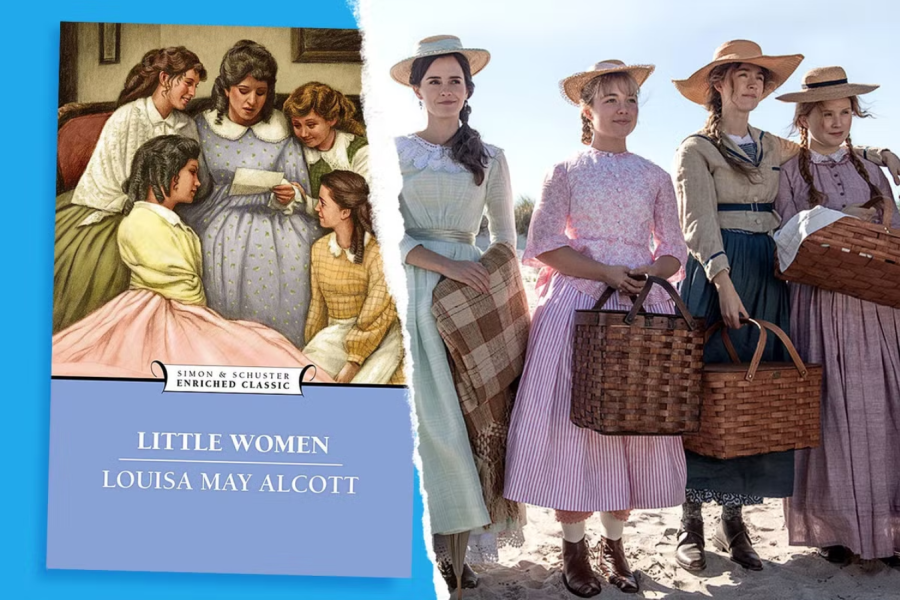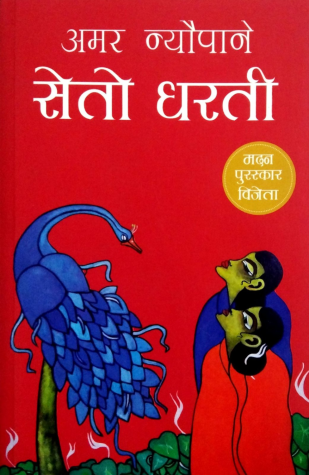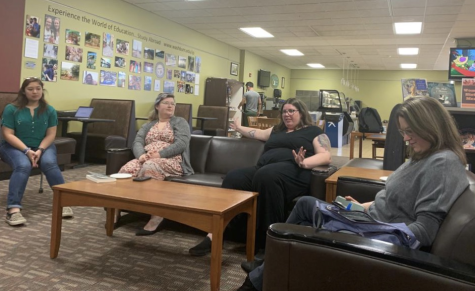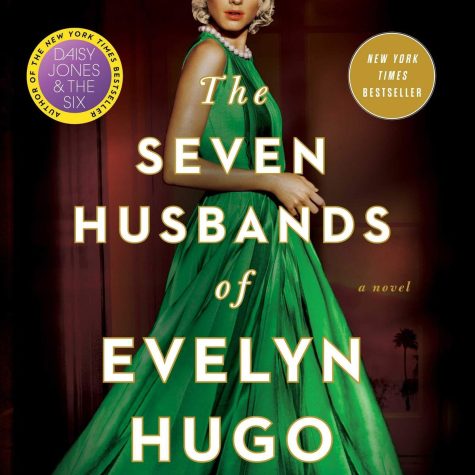‘Little Women’ challenges gender norms in a post-war era
“Little Women” is a coming-of-age novel that portrays the independence and freedom of women and the effects of the Civil War on society. The 1868 novel, written by Louisa May Alcott, is accompanied with a 2019 film adaptation starring Saoirse Ronan.
The 2019 film adaptation of “Little Women” won my heart, and I grew even more in love with it after reading the book. Louisa May Alcott beautifully depicted the lives of the March sisters from childhood to womanhood in the 19th century. Each of the March girls – Meg, Jo, Beth and Amy – are the book’s main characters, and they perfectly demonstrate how your economic situation can influence your dreams and priorities. “Little Women” is a coming-of-age novel that portrays the independence and freedom of women and the effects of the Civil War on society.
“Little Women” is based on the lives of Louisa May Alcott and her three sisters, with Jo resembling Alcott the most in that they both aspired to write and make a living from it. It was energizing to see feminism represented in the book. I was even more impressed by the author and the book when I realized that she was able to discuss a patriarchal society at a time when women were expected to suffer in silence.
The book describes a grieving family affected by the Civil War as well as the struggles faced by the women in it, such as the aunt and mother of the March siblings, to maintain their social standing in society. I appreciate Mrs. March’s compassion throughout the book and how she served as a role model for the March women inspiring them to follow their dreams.
The March sisters have a strong bond with their next-door neighbor, Laurie, and his friendship with Jo is undeniable. Laurie is a meaningful plot point who links Jo and Amy. As a reader, I am especially fond of Jo and Amy because of everything that happens in their lives. They are both fearless and will fight for what they want at any cost. Their interactions with Laurie and their aunt, as well as their constant banter and rivalry, distinguish them from the other sisters. Jo’s dissatisfaction with society is evident from the way she behaves, whereas Amy’s desire to fit in sets them apart.
Amy’s character and her growth throughout the book drew my attention to this book. Despite being constantly compared to her older sister Jo, Amy is chosen for the trip to Europe with her aunt. She acknowledges her social standing as a woman and the constricted society and utilizes it to her benefit in the pursuit of her ambitions.
In the book, the March sisters’ early years and transformation into women are told in parallel timeframes, with each of them splitting up to pursue their dreams and reuniting after Beth’s death. I like how the author apprehended Jo’s grief and anger, along with the loneliness that was brought with Beth’s death. The movie, just like the book, was capable of conveying Jo’s loneliness and vulnerability in such a compelling way that it prompted me to read the book.
Despite their despair and grief, the March siblings showed unending compassion for those around them. Regardless of the obstacles they had to overcome to accomplish their dream, each March sister does indeed have a happy ending. I admire each of the little women for their determination to pursue their dreams regardless of the challenges they encountered along the way.
Edited by Glorianna Noland and Simran Shrestha
Your donation will support the student journalists of Washburn University. Your contribution will allow us to purchase equipment and cover our annual website hosting costs.












